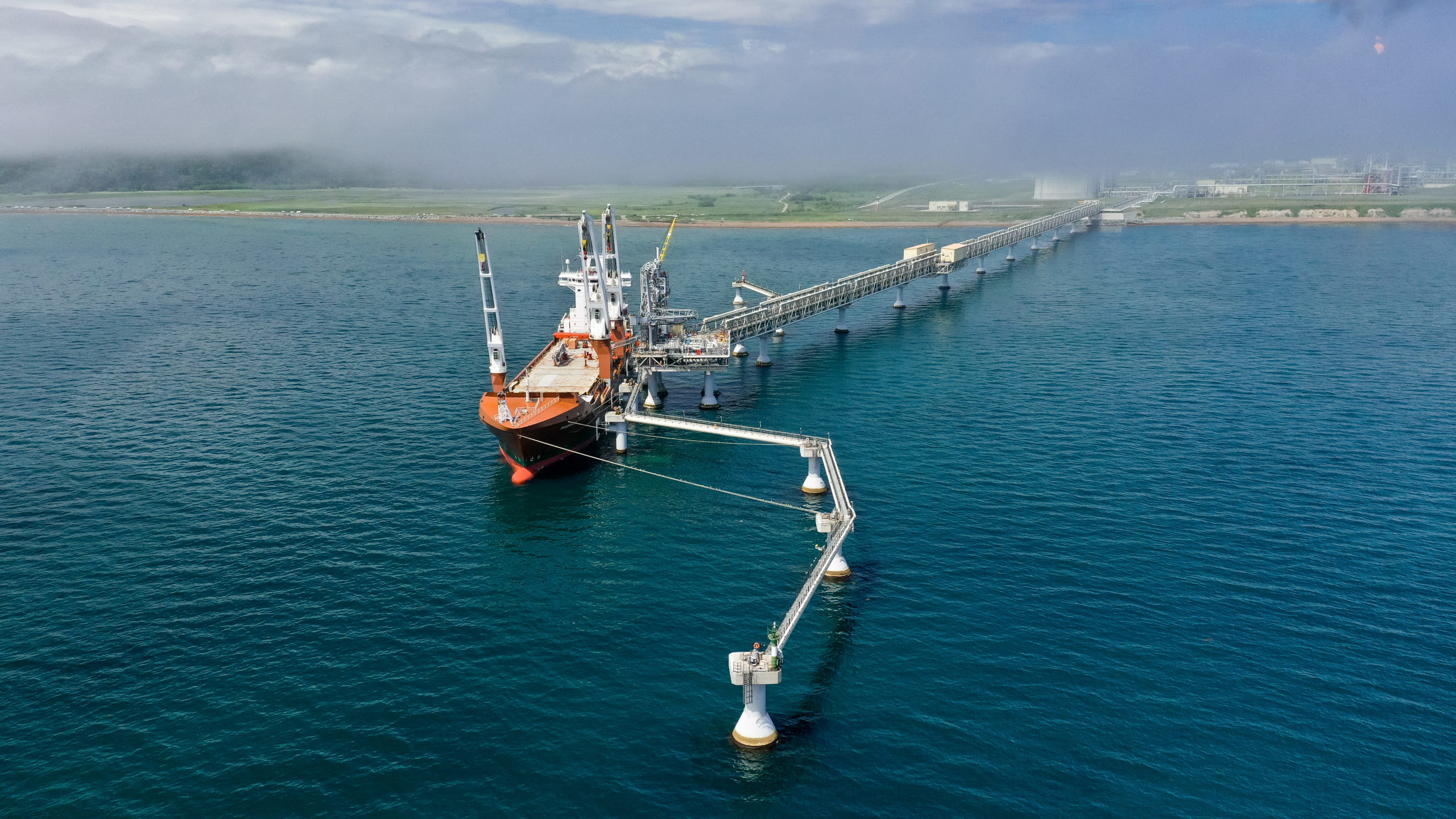
The Globe and Mail’s editorial board published a column this week outlining what it calls the “fading fortunes” of Canada’s liquefied natural gas (LNG) exports.
Their view of the sector’s prospects, based on Quebec’s recent misguided decision not to approve the proposed Énergie Saguenay LNG project, does not reflect the realities of global LNG markets – even in the context of more aggressive decarbonization.
Here’s what’s really happening.
Fact: Quebec’s decision not based in facts, doesn’t change global markets
The Quebec government reportedly rejected Énergie Saguenay based in part on the International Energy Agency’s net-zero scenario, an unrealistic conceptual pathway for the world to reach net zero greenhouse gas emissions by 2050.
In the scenario, the IEA said no new oil and gas investment would be required as of May 2021. What is required, it said, includes installing the world’s largest solar park roughly every day between now and 2030. This isn’t happening.
Just one month after releasing the net-zero scenario, the IEA called on OPEC to immediately increase oil production to ensure stable markets as demand increases from a global economy rebounding sharply from the COVID-19 pandemic. It’s clear the net-zero pathway is not underway.
Quebec’s actions don’t change that.
The decision not to allow Énergie Saguenay to proceed was also informed by an environmental review that found the LNG project might delay the transition to a low-carbon economy by “locking in…client countries” to natural gas.
Énergie Saguenay’s potential “client countries” included emerging economies in Asia that see LNG as a low-cost, reliable way to power an improving quality of life for their populations while reducing emissions by replacing coal.
This March, Indian energy minister Raj Kumar Singh called reaching net zero “pie in the sky” during an IEA virtual summit.
“You have 800 million people who do not have access to electricity. You can’t say that they have to go to net zero. They have to develop,” he said. “They want a higher standard of living for their people, and you can’t stop it.”
Fact: The long-term outlook for LNG is strong
If Canada’s LNG industry has “fading fortunes,” it will be because of misguided policy and not a lack of global opportunity.
According to Shell’s latest industry outlook, LNG demand is expected to double between 2020 and 2040, to 700 million tonnes per year. The demand growth is so strong that Shell anticipates by the mid-2020s there will be a shortfall in supply – a shortfall that Canadian projects could help fill.
By 2040 the world will need more than 250 million tonnes per year of investment in LNG projects beyond what’s already been announced, according to analysts with Wood Mackenzie.
And what’s already been announced is a lot. For example, right now Qatar is building the largest LNG project in the world, a US$29 billion investment to increase the country’s LNG export capacity to 110 million tonnes per year. Qatar plans to add a second phase to further increase capacity to 126 million tonnes per year.
Put in context, the LNG Canada project under construction at Kitimat, B.C. will have capacity to export 14 million tonnes per year.
On the demand side, China is constructing a new US$1 billion, 4 million tonne per year LNG import and storage base in Guandong province. Expansion to 10 million tonnes per year is planned.
Global LNG demand is expected to remain resilient even if the world moves more aggressively to decarbonize, Wood Mackenzie says.
In a scenario that aligns with the Paris agreement’s 2-degree warming limit, analysts project that LNG demand will increase even as renewables ramp up because of efforts to reduce reliance on coal in developing markets like southeast Asia.
Fact: LNG is being used to displace coal, and Canada can contribute
Although they admitted they “could not establish it precisely,” Quebec’s environmental review board found that allowing Énergie Saguenay to proceed may not reduce global GHG emissions by replacing coal.
It’s an odd position to take, given that countries like South Korea have made clear their plans to reduce emissions by switching from coal to LNG. By 2030 South Korea plans to convert 24 coal-fired plants to LNG under its plan to reduce emissions.
It hasn’t been proven yet because Canadian LNG has yet to hit the high seas, but studies continue to conclude that natural gas from Canada can significantly reduce GHG emissions if used to replace coal power.
A June 2020 study published in the Journal for Cleaner Production found that using Canadian LNG in power generation in China instead of coal would reduce emissions by 34 to 62 per cent.
As of July 2021, there were 195 coal plants under construction around the world including 95 in China, 28 in India and 23 in Indonesia, according to Global Energy Monitor. There are also 324 coal-fired power plants in the pre-construction phase, including 143 in China.
Far from “fading fortunes,” Canada’s LNG opportunity could spark an employment wave that rolls across the country over the longer term, according to a 2020 report by the Conference Board of Canada.
In a scenario based on relatively conservative expansion, the Conference Board estimated that Canadian LNG could support 96,550 direct, indirect and induced jobs annually across the country between 2020 and 2064.
“Post-pandemic, the Canadian economy will need stimulus. An LNG industry brings long-term investment and production that can contribute to the country’s economic recovery,” the Conference Board said.
The unaltered reproduction of this content is free of charge with attribution to Canadian Energy Centre Ltd.